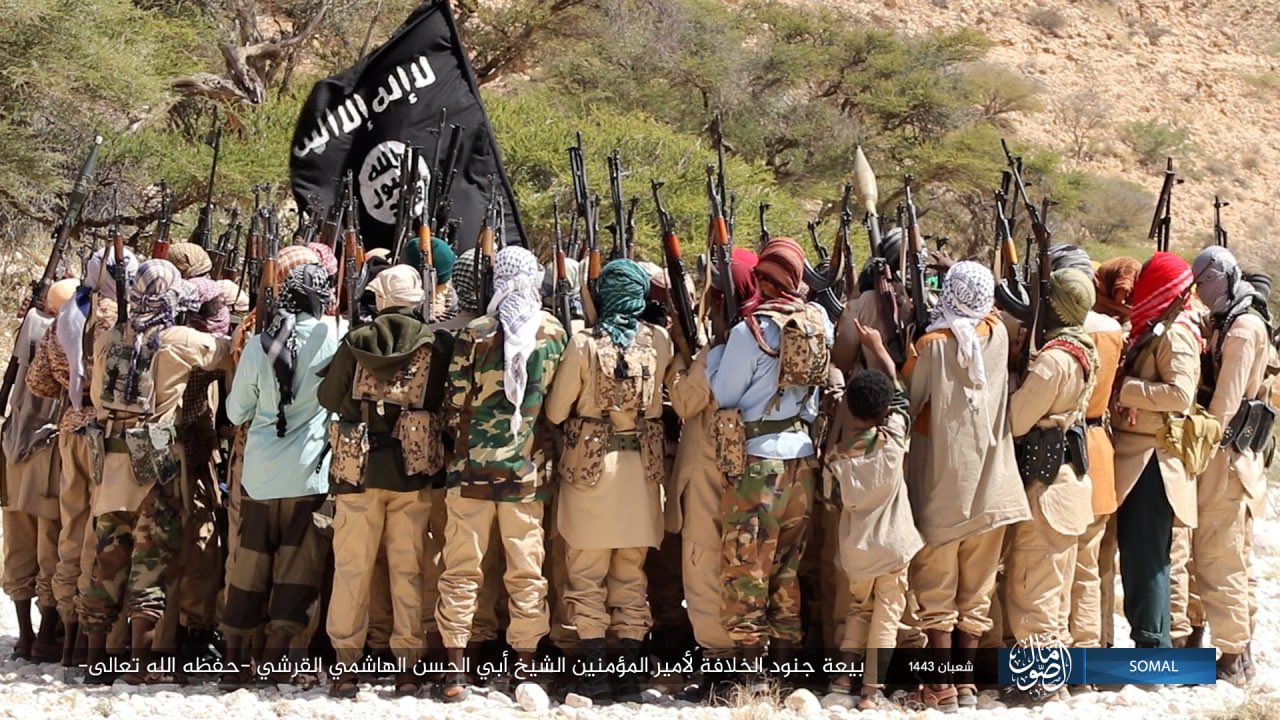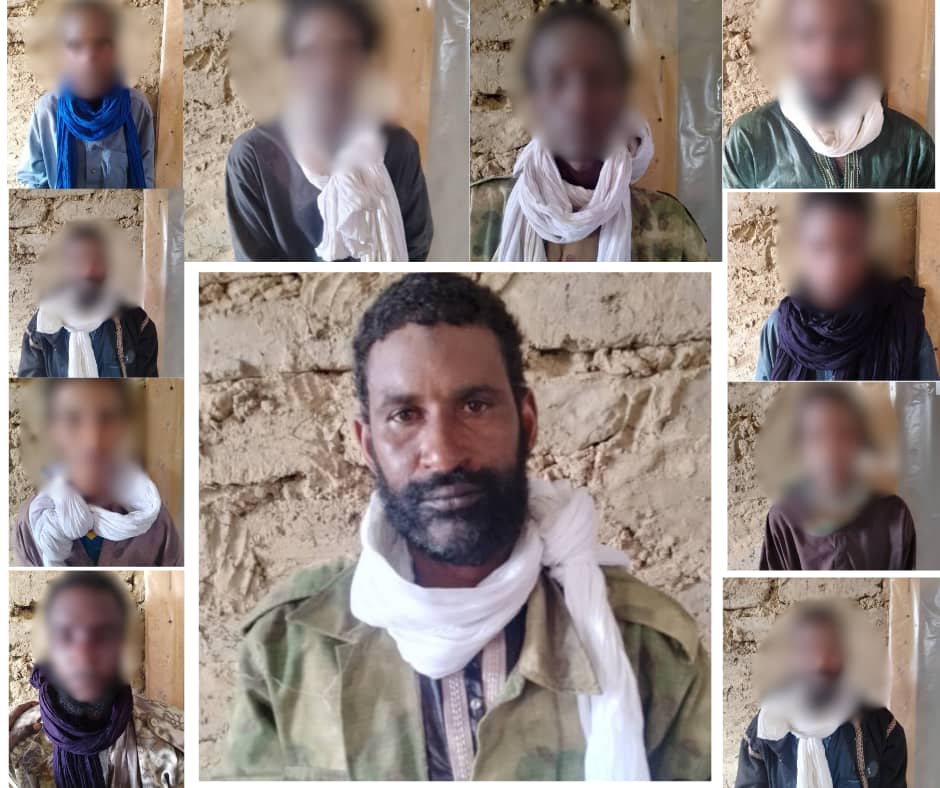BRIEFS
BRIEFS
IRAQI MUJAHIDEEN CLAIM TO HAVE DECODED U.S. MILITARY ROBOTS
The Iraqi mujahideen are claiming that resistance engineering units have successfully “decoded” U.S. military robots designed for urban combat and turned them against U.S. soldiers. After redirecting the robots against U.S. forces, the American military was forced to withdraw the robots from service, according to the statement (Quds Press Agency, May 7). With the much vaunted robots never having seen combat service, however, it appears that the Iraqi resistance is attempting to capitalize upon unsubstantiated rumors that the robots had turned their M249 light machine guns on their U.S. operators.
Designed for “high-risk combat missions” in urban settings, the twin-tread Unmanned Ground Vehicles (UGV) were deployed in Iraq last June and cost $250,000 each—not including development costs—though the manufacturer states that the cost per unit could be halved in orders of 100 or more units.
The SWORD (Special Weapons Observation Remote Reconnaissance Direct Action System) robots are manufactured by Massachusetts-based Foster-Miller (owned by British Qinetiq) and were tested at the New Jersey Armament Research, Development and Engineering Center (ARDEC). SWORD is basically a modified version of Foster-Miller’s Talon bomb-disposal UGV, 2,000 of which have been delivered to the U.S. military. Robots have long been used for bomb disposal and reconnaissance, but combat-capable robots are an innovation that is being strongly pursued in Israel and the United States.
Only three of the combat robots have been deployed in Iraq. While the Army has authorized the purchase of as many as 80 of the systems, funding is currently not available (National Defense, September 2007). Most of the projected systems are committed for use by the six U.S. “Stryker Brigades,” rapid intervention forces using 8-wheeled Stryker Light Armored Vehicles. Special Operations Command has also taken an interest in further development of the SWORD robots.
The Iraqi mujahideen are unlikely to have actually been able to “decode” and reprogram the SWORD robots. Each system is equipped with deadly anti-tampering devices and there are no reports of Iraqi fighters capturing or even encountering any of the three active systems, each of which is now safely secured.
The controversy over SWORD deployment began when Kevin Fahey, the Army’s program executive officer for ground forces, stated at a RoboBusiness conference that the unit had been pulled from service before use in a combat situation as “the gun started moving when it was not intended to move” (Popular Mechanics, April 9). Fahey later clarified that SWORD was still deployed in Iraq, while a spokesman for Foster-Miller described reports of the gun moving without commands as “an urban legend” (Wired News, April 15). Apparently, only three incidents of movement without command were recorded, all minor incidents that were corrected during the testing phase. Despite the improbable claim by the Iraqi resistance, the army and the manufacturers have still not provided a full explanation of why the robots are not in use. According to Robert Quinn, an executive at Foster-Miller: “If you have a mobile weapons platform that can’t be mobile, and it becomes nothing more than a fixed position, they why not just put it on a tripod?” (National Defense, May 2008)
IDENTITY OF LEADER OF ISLAMIC STATE OF IRAQ REVEALED?
A police chief in the Anbar Province city of Haditha has put a name and photo to the elusive figure of Amir Abu Omar al-Baghdadi, the leader of the al-Qaeda-affiliated Islamic State of Iraq (ISI) (al-Arabiya TV [Dubai], May 7).
According to the police chief, al-Baghdadi is actually a former officer in the Saddam-era Directorate of General Security (al-Amn al-‘Amm) named Hamid Dawud Muhammad Khalil al-Zawi. The alleged ISI leader is said to move between Mosul, Kirkuk, Baghdad and the northern Makhmur region, where Kurds have resettled after evicting Sunni Arabs who were settled there as part of Saddam Hussein’s Arabization efforts. Al-Zawi is reported to have been dismissed from the security services before becoming a preacher in a mosque in Haditha, close to his hometown of al-Haqlaniya. He reportedly joined al-Qaeda after the U.S. invasion of 2003. Al-Baghdadi’s identity and photo were said to have been obtained from documents and computers seized in a raid on an al-Qaeda hideout in al-Haqlaniya. U.S. officials are reported to be still trying to confirm the information.
Last summer U.S. and Iraqi government forces claimed a man killed by U.S. forces (Muharib Abdulatif al-Juburi) was actually Abu Omar al-Baghdadi (al-Jazeera, July 9, 2007). A little more than a week later U.S. Brigadier Kevin Bergner declared that al-Baghdadi did not exist, based on the interrogation of an alleged senior al-Qaeda member, Khalid Khalil Ibrahim al-Mashadani. Bergner claimed al-Baghdadi’s audiotape statements were actually read by an actor (Reuters, July 18, 2007). Al-Baghdadi has made numerous audio statements since the creation of ISI, but has issued no video recordings. In March, Ahmad Salah al-Din, a spokesman for the Sunni insurgent group Hamas Iraq, insisted that al-Baghdadi was only a prop designed to put an Iraqi face on Egyptian Abu Ayub al-Masri’s al-Qaeda in Iraq organization (Al-Arab [Qatar], March 26).
The claim that al-Zawi is the real figure behind al-Baghdadi was actually first made last summer in a posting to a jihadi website (lahdah.com, July 17, 2007). The posting added that al-Zawi was born in 1958 and had worked as an oil-heater repairman after retiring from the security services. Al-Arabiya’s latest revelation came several days after a false report from the Dubai TV station regarding the alleged capture of al-Qaeda in Iraq leader Abu Ayub al-Masri.


